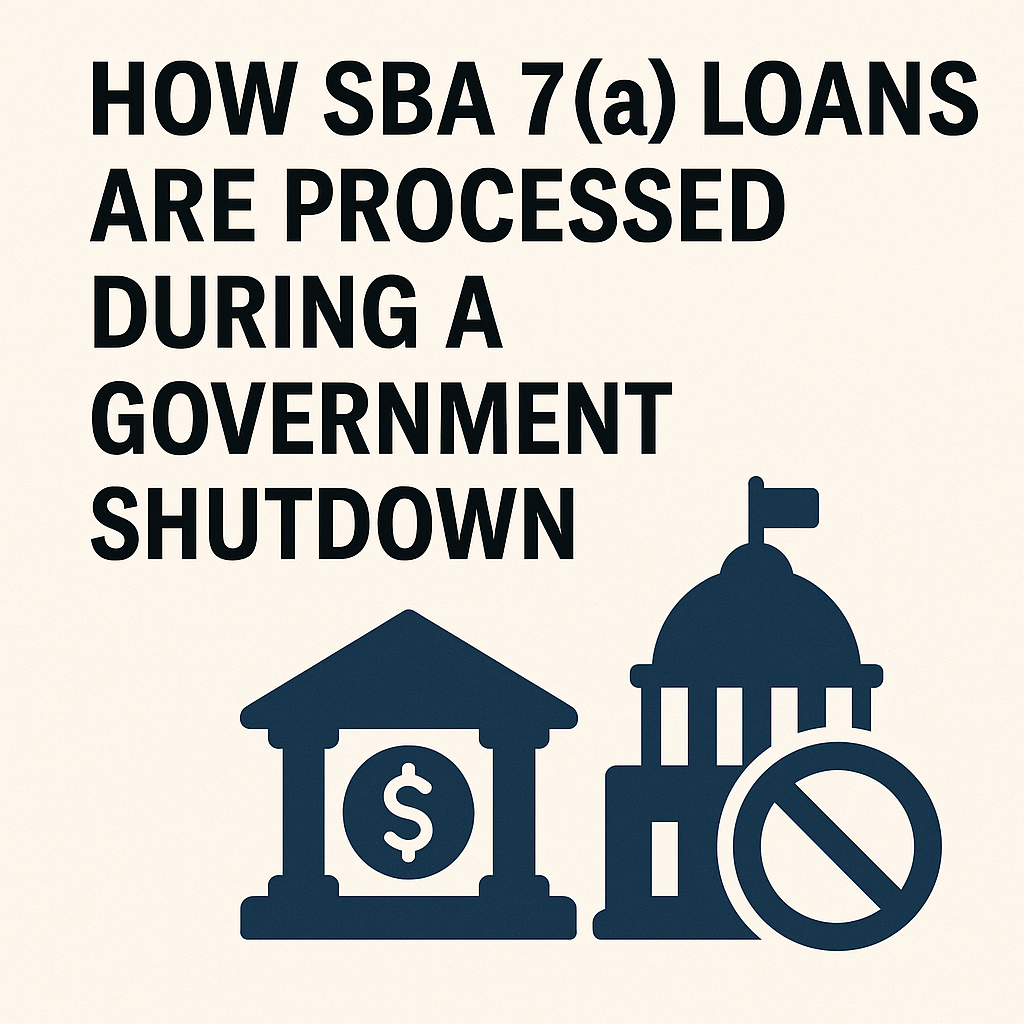
Expert Guidance on Your Letter of Intent
- General
- October 24, 2025
Every buyer wants to close a great deal. But the truth is—you win or lose the deal at the LOI stage. The Letter of Intent sets the tone, the leverage, and the economics for everything that follows. Get it wrong, and you’ll spend the rest of the transaction cleaning up avoidable messes.
The LOI Is the First Test of Your Professionalism
The LOI isn’t “just a draft” or “non-binding paperwork.” It’s the first real moment the seller, the broker, and your lender all judge whether you know what you’re doing. A sloppy or vague LOI screams inexperience.
When you send a well-crafted LOI—with realistic timelines, lender-ready structure, and market-standard protections—it signals competence. Sellers relax. Lenders engage. Lawyers know they’re not dealing with chaos.
It’s your first impression—and in M&A, first impressions stick.
Why You Don’t “Fix It Later”
A common rookie move is to rush through the LOI just to “get something signed,” planning to sort out the details in the purchase agreement. Don’t.
Once the LOI is signed, you’re boxed in. Everyone treats it as the foundation for the deal. If you try to renegotiate later, it’s seen as bad faith—and it makes you look like an amateur.
Sellers expect you to stand by what’s in the LOI. So if you forgot a key protection or agreed to an impossible timeline, you’ll either have to eat it or blow up the deal.
Lock In the Market Terms That Actually Matter
You don’t need to spell out every paragraph of a future contract—but you do need the high-level deal architecture right.
For example:
- A breakup fee discourages sellers from walking after they’ve accepted your offer.
- An escrow holdback gives you recourse if something’s wrong after closing.
- A seller note with setoff rights lets you offset legitimate post-closing claims against what’s owed.
These aren’t “lawyer tricks.” They’re standard, professional, and expected in real deals. If your LOI doesn’t have them, your lender will wonder why.
Set a Realistic Timeline—Not a Fantasy
If you’ve ever seen an LOI that says “closing in 30 days,” you know what’s coming next: frustration.
SBA deals alone take about 60 days to underwrite and another 30 days to close once underwriting is done. That’s assuming everything goes smoothly.
When you promise a 30-day close, you’re not impressing the seller—you’re setting both sides up for disappointment. A smart buyer builds the timeline around what lenders, diligence, and third-party approvals actually require.
The LOI Is Where You Anchor the Deal
By the time lawyers draft the purchase agreement, the economics and structure are already locked. The LOI decides:
- How much you’re paying
- How much is financed vs. cash
- How the seller gets paid
- Whether there’s escrow, holdback, or a note
- How long exclusivity lasts
Once you get those anchors right, everything downstream becomes smoother. The LOI creates a professional roadmap that protects you and makes the rest of the process efficient.
Don’t Be the Buyer Who Overpromises
Every broker has seen it: the buyer who rushes to sign a weak LOI, then comes back weeks later trying to renegotiate after “talking to their lender.” That’s a reputation killer.
A good LOI shows you’ve done your homework. You know how long financing takes. You understand market deal protections. You don’t need to re-trade later because you got it right the first time.
In other words—you’re the buyer sellers actually want to close with.
The Bottom Line
A strong LOI is not about legalese—it’s about discipline. It’s the document that locks in the deal you actually want, protects you from bad surprises, and earns you respect in the process.
If you treat the LOI like a formality, it’ll cost you. But if you treat it like your first opportunity to show competence, you’ll close faster, cleaner, and with better terms every time.
(c) 2025 Prencipe International / M&A Advisory Specialists — For educational purposes only; not legal or tax advice.





